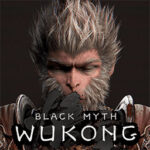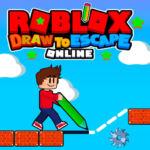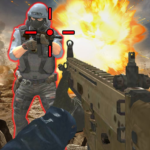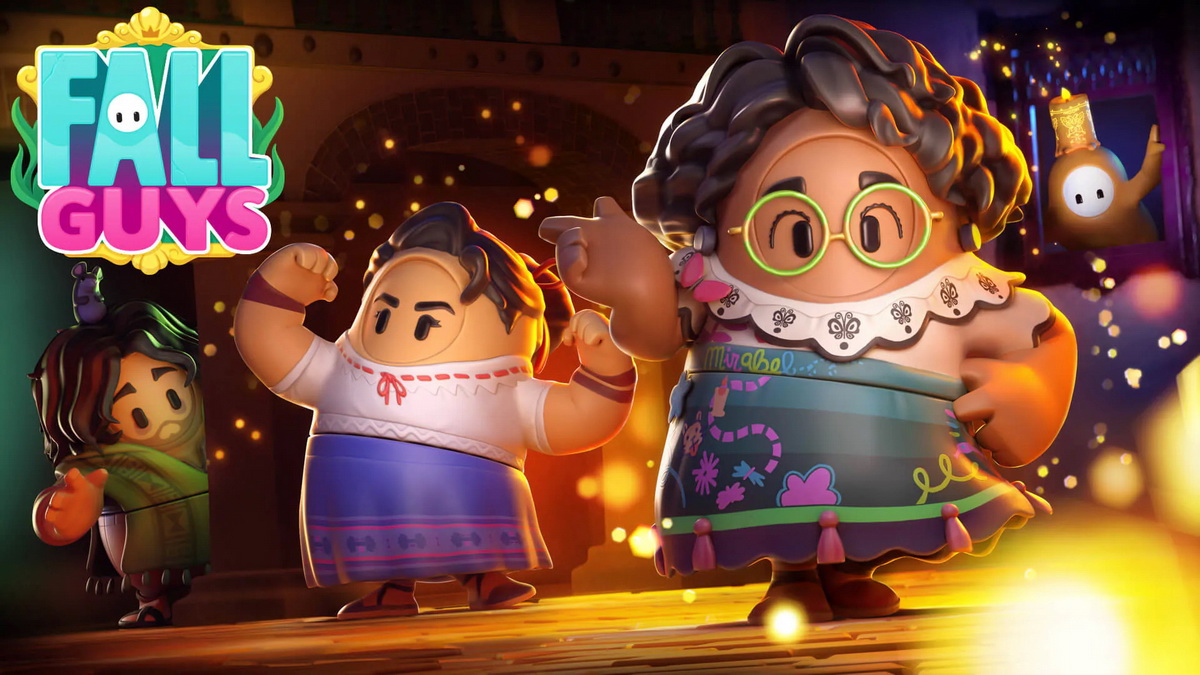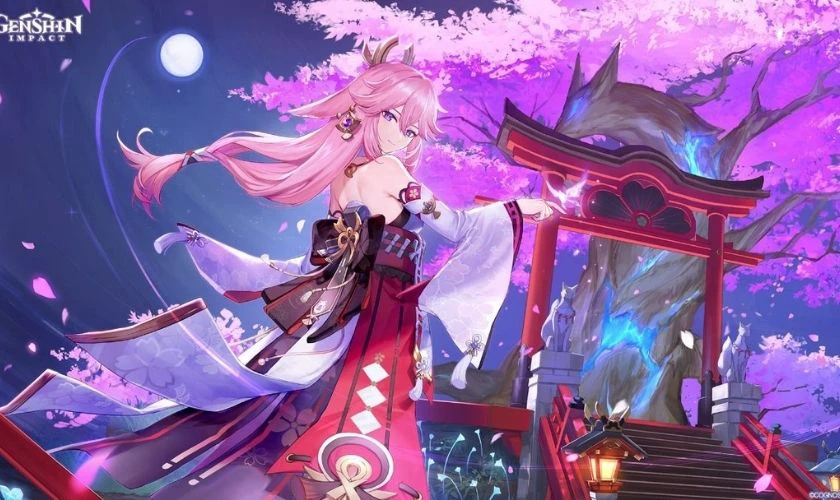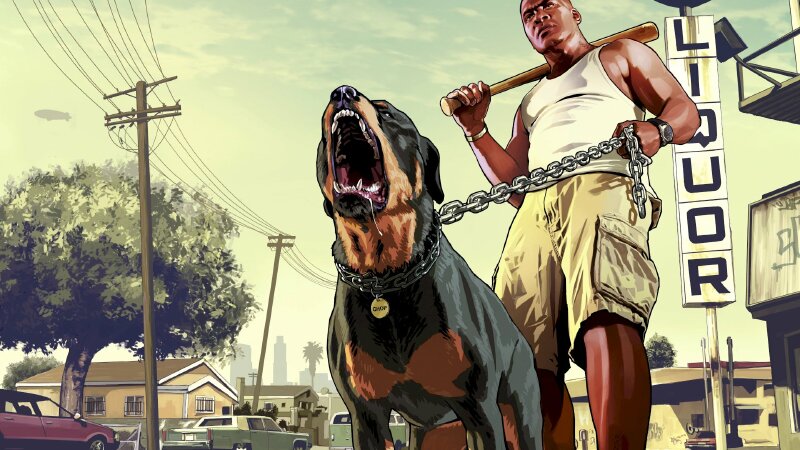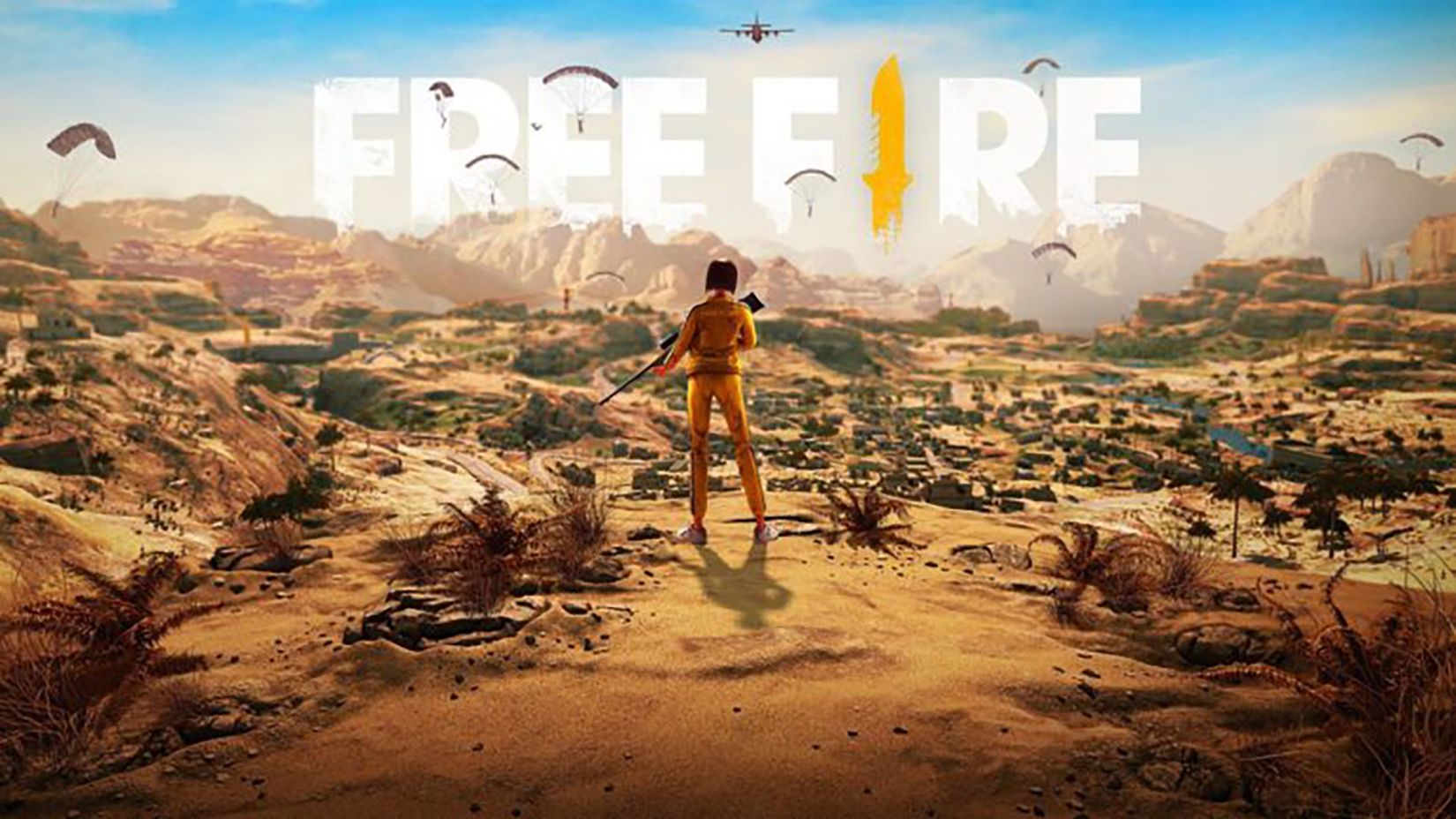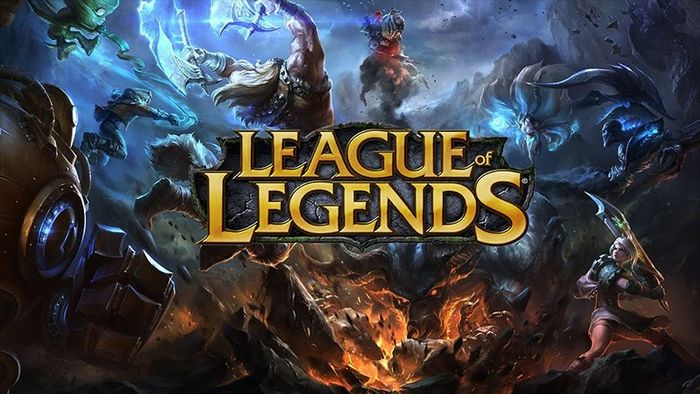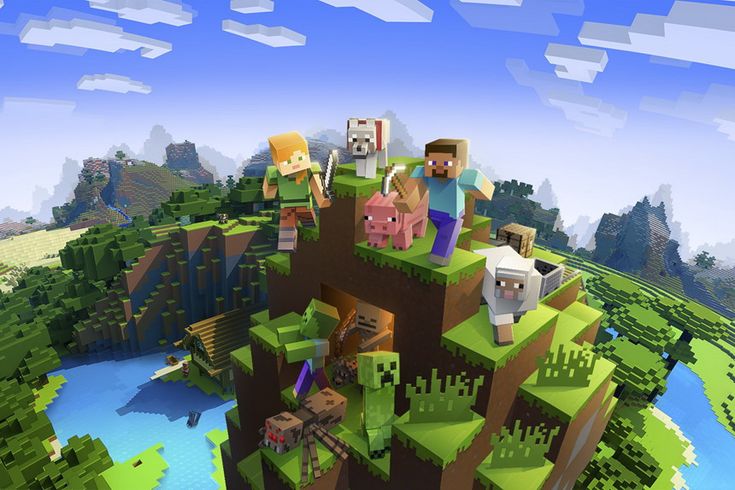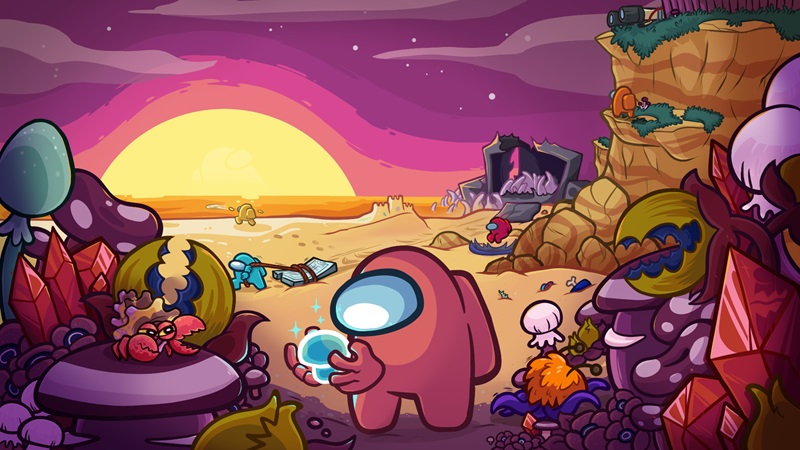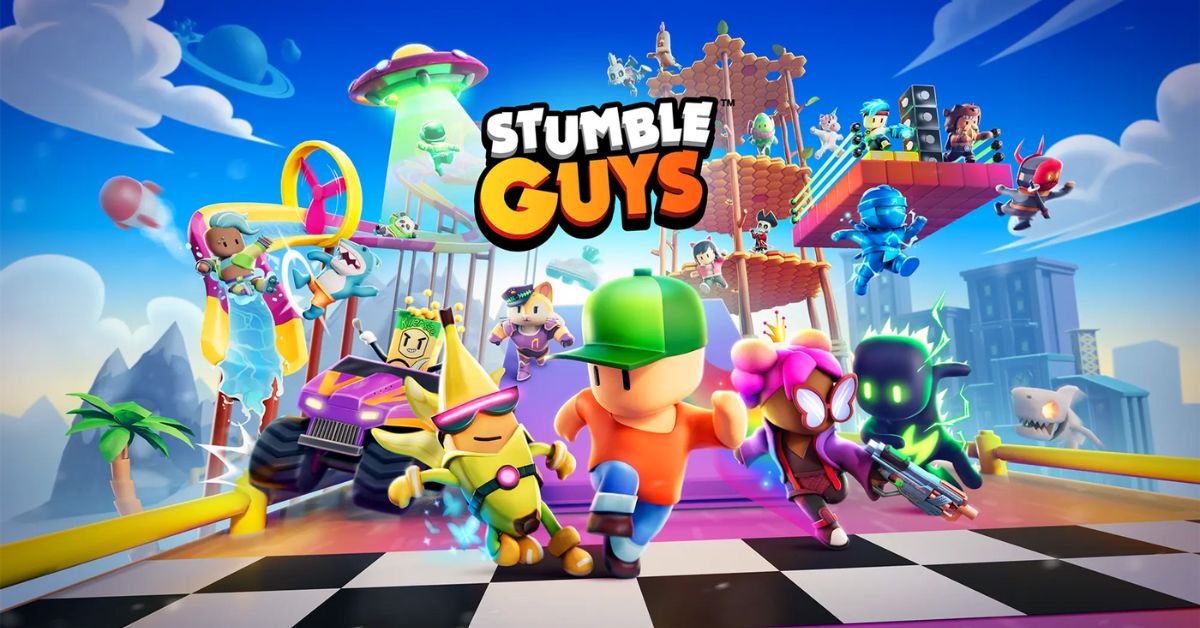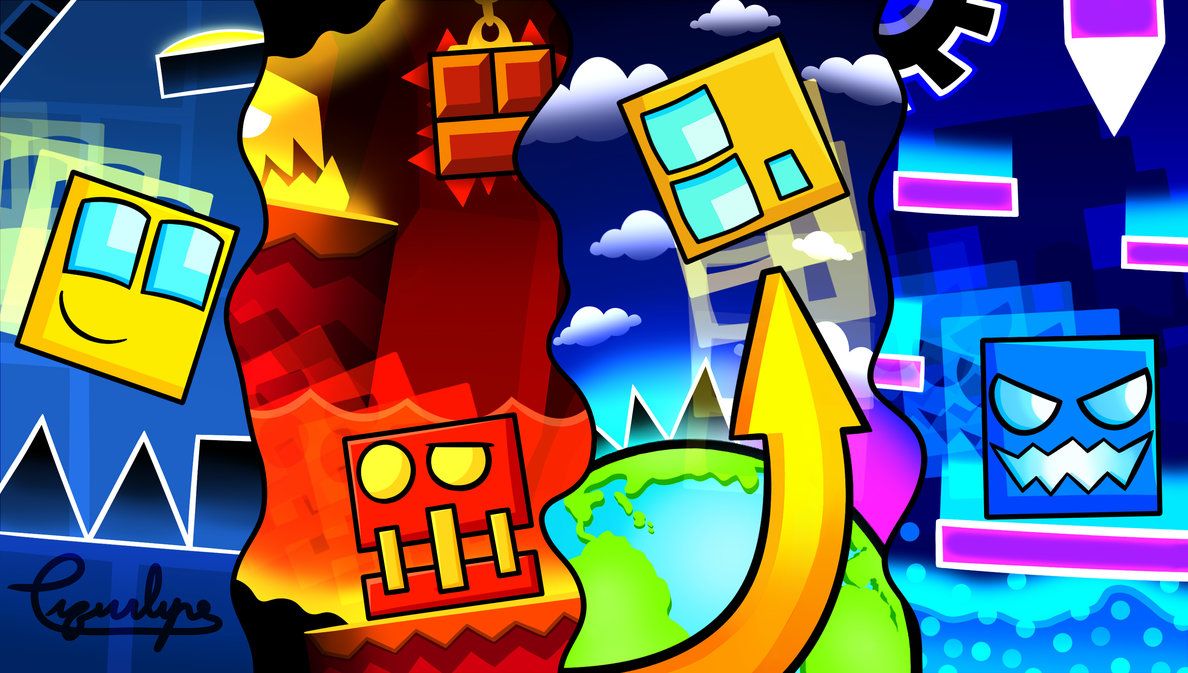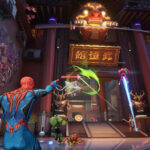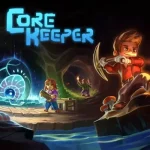Origins and Development
From Indie Idea to Internet Phenomenon
Developed and published by MOB Entertainment, Poppy Playtime was first released in October 2021. With a relatively small team, the developers managed to capture the horror community's attention through viral marketing and a memorable antagonist — Huggy Wuggy.
The Rise of Chapter-Based Horror Games
Following in the footsteps of episodic games like Bendy and the Ink Machine, Poppy Playtime was designed to be released in chapters, allowing for deeper lore development and continuous community engagement.
Core Gameplay Mechanics
Puzzle-Solving Meets Survival Horror
Poppy Playtime’s gameplay combines exploration, puzzle-solving, and survival horror. Players explore an abandoned toy factory — Playtime Co. — while avoiding deadly toys brought to life.
The GrabPack Mechanic
The most distinctive gameplay feature is the GrabPack: a wearable backpack with extendable hands that allows players to:
-
Grab distant objects
-
Conduct electricity
-
Open doors or activate machinery
-
Solve physics-based puzzles
This tool is both functional and immersive, forming the backbone of the game's puzzle design.
The Setting: Playtime Co. Factory
A Child’s Dream Turned Nightmare
The game is set in the eerie and decaying halls of Playtime Co., a once-famous toy manufacturing company. What was once a place of joy is now a decrepit labyrinth of secrets and danger.
Level Design and Atmosphere
Each section of the factory has a unique theme — from bright, colorful playrooms to dark maintenance shafts. The contrast between cheerful design and the lurking horror adds to the psychological tension.
Antagonists: Living Toys with Dark Intent
Huggy Wuggy (Chapter 1)
Introduced in the first chapter, Huggy Wuggy is a towering blue toy with a sinister smile. He doesn’t appear threatening at first but becomes a relentless stalker later in the game.
Mommy Long Legs (Chapter 2)
A more complex and manipulative villain, Mommy Long Legs resembles a stretchable pink spider and introduces more psychological horror with taunts and a twisted personality.
Other Toy Monsters
With each new chapter, new horrifying toy characters are introduced — each with their own creepy design and movement patterns that challenge the player's problem-solving and survival skills.
The Lore: Unfolding a Mystery Piece by Piece
What Happened to Playtime Co.?
The game’s story unfolds through VHS tapes, environmental clues, and eerie audio logs, slowly revealing that the factory's employees may have conducted sinister experiments involving toys and children.
Poppy’s Role
Poppy, the porcelain doll that gave the game its name, initially appears to be an innocent toy. However, as the story progresses, her involvement in the darker secrets of Playtime Co. becomes more ambiguous and unsettling.
Chapter Structure and Evolution
Chapter 1: A Tight Introduction
The first chapter is short but impactful. It introduces the main mechanics, atmosphere, and Huggy Wuggy in a tight, well-paced segment that ends in a chase sequence players won’t forget.
Chapter 2: Bigger, Bolder, More Complex
Chapter 2 expands on every aspect — longer levels, new enemies, additional powers for the GrabPack, and more backstory. It introduces Mommy Long Legs and multiple mini-games.
Chapter 3 and Beyond
Later chapters (and those in development) promise more intense horror, expanded gameplay, and a deeper dive into the lore, maintaining fan anticipation.
Art and Sound Design
Childlike Aesthetics Turned Macabre
The visuals use colorful, cartoon-like art to mask an underlying darkness. Everything is made to look "kid-friendly" — until it moves or turns against you.
Sound That Builds Fear
The use of ambient sounds, toy squeaks, distant thuds, and sudden music stings creates a highly immersive horror atmosphere. The voice acting of the toys adds an unsettling charm.
The Cultural Impact
Viral Characters and Memes
Characters like Huggy Wuggy and Mommy Long Legs have become internet phenomena. Their designs are both marketable and terrifying, spawning:
-
Fan art and animations
-
YouTube gameplay content
-
TikTok trends and memes
Merchandising and Real-World Reach
Poppy Playtime's characters are now featured on plush toys, T-shirts, and even Halloween costumes — proving the game's massive reach beyond the screen.
Tips for New Players
Pay Attention to Details
Environmental storytelling is a big part of the game. Look for notes, audio logs, and VHS tapes for lore clues.
Manage Your Movements
Don't rush — Poppy Playtime rewards careful exploration. Running into the wrong room unprepared can cost you.
Use the GrabPack Creatively
Sometimes the solution to a puzzle isn’t obvious. Use your environment and experiment with the GrabPack’s abilities.
The Future of Poppy Playtime
Chapter 3 and Fan Expectations
As the game evolves, fans expect deeper lore integration, new enemy types, and more interactive environments.
Mobile and VR Expansion
With mobile ports already available and VR versions in development, the game is expanding its horror experience to more platforms.
Competing with Big Horror Franchises
Poppy Playtime is being compared to titles like Five Nights at Freddy’s, and has the potential to become a major multimedia franchise — including possible film or animated adaptations.
Conclusion: Why Poppy Playtime is a New Classic in Horror Gaming
Poppy Playtime takes everything players love about horror — mystery, tension, unexpected threats — and wraps it in a deceptively cheerful toy factory. Its balance of puzzles, exploration, and stealth, combined with its unforgettable antagonists, makes it one of the most refreshing indie horror experiences in recent years.
With each chapter pushing the story and mechanics further, Poppy Playtime proves that even indie games with modest beginnings can become titans of terror when creativity meets clever design.









